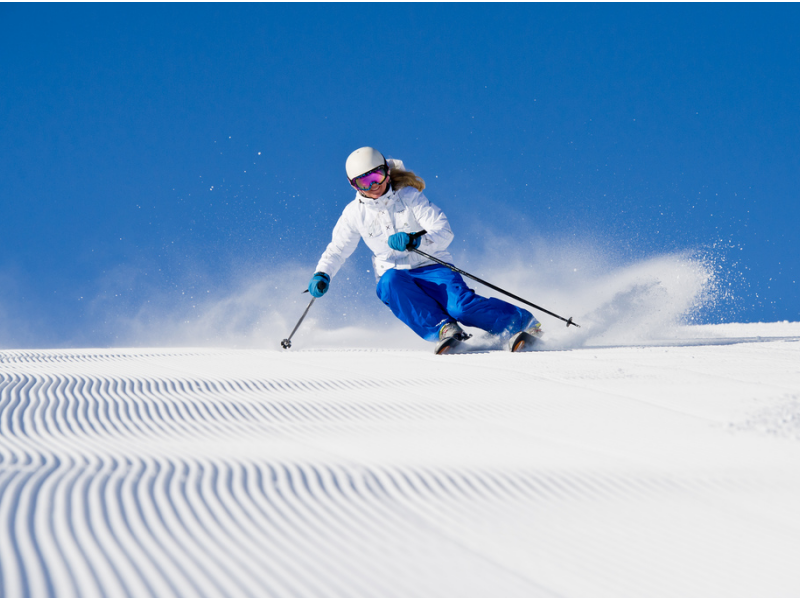Ski suits refer to clothing essential for skiing, snowboarding, and related winter sports. Ski suits come as single-piece garments or a variety
of parts. Snowboarders and skiers also need to protect their lower bodies from the cold when not in use. Ski suits are designed for high performance but may be thin enough to allow the wearers movement across different terrain.
The following are the factors to consider when buying a Ski suit:
1. Design
Ski suits come in different designs, the most common ones being hoods, turtlenecks, and single-piece suits. The design varies according to the purpose of the suit. For instance, a turtleneck provides more warmth while a hood makes it easy to move around as well as resist wind.
2. Performance
Some ski suits are designed to be as thin as possible to maintain flexibility and be lightweight.

Suits meant for snowboarding, half-pipe skateboarding, and other freestyle sports are usually less bulky and have fewer protective features, such as padding and armor. Such clothing is also more colorful, bright, and bold than conventional ski suits. However, for skiing, snowboarding or related winter sports jackets should be thick enough to offer some protection from the cold in case of a fall or crash.
3. Fit
Make sure that your ski suit fits you perfectly and comfortably. This will ensure that you do not get any injuries while on the floor, as well as a better move while skiing.
4. Material
While purchasing ski suits, look for flexible and light materials. Although most ski suits are made of synthetic fibers, some are also made of cotton materials. If a suit is too bulky and thick, it will cause you to sweat more and stick to your skin when wet, thus making it hard to move around freely on the snow or ice.
Ensure that you buy a good quality ski suit that best suits your body and also matches your requirements.

